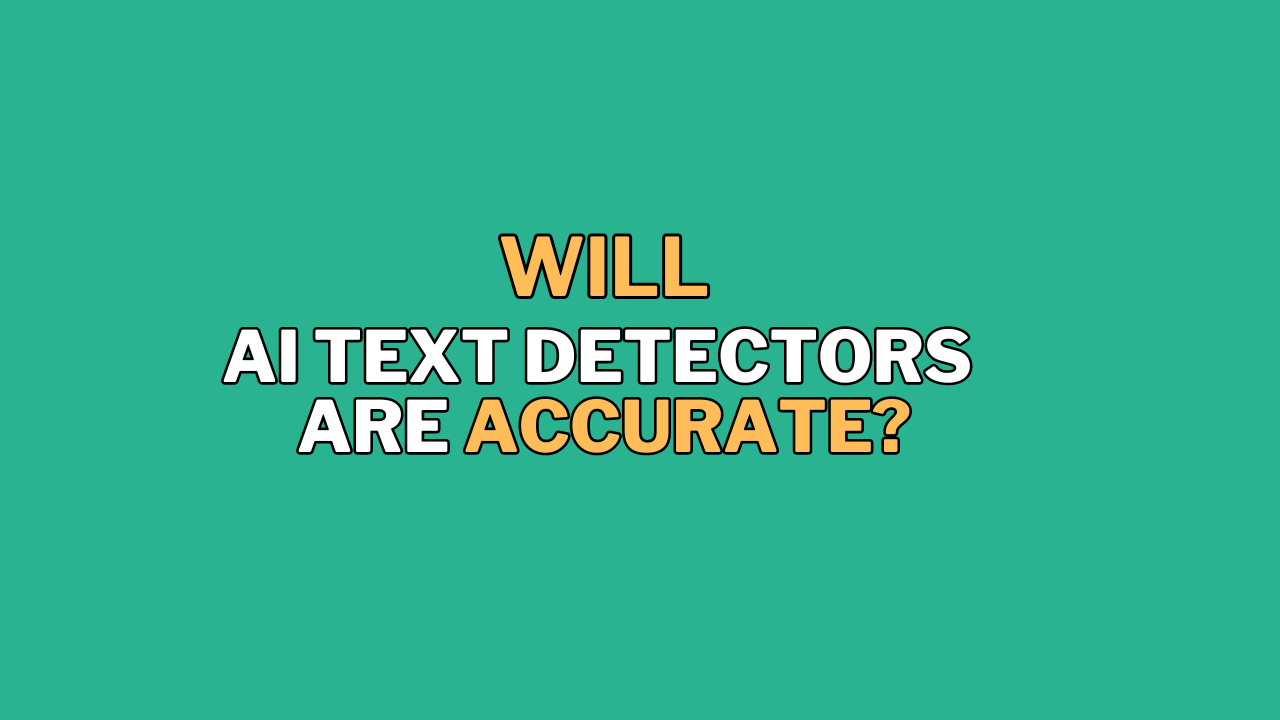Artificial intelligence text detectors are increasingly common in today's digital world. These tools are designed to spot and flag problematic or inappropriate content online, making the internet a safer place. However, despite their widespread use, AI text detectors are not always as accurate as we might hope.

In this article, we'll explore some common reasons behind their inaccuracies.
- Context Matters: One key reason for AI text detectors' inaccuracies is that they sometimes struggle to understand context. Human language is full of nuances, idioms, and sarcasm, making it challenging for AI to grasp the true meaning behind a message. What might seem offensive in one context could be harmless in another.
- Evolving Language: Language evolves rapidly, with new words and phrases emerging all the time. AI detectors may not be up to date with the latest slang or internet jargon, leading to false positives or missed issues.
- Cultural Differences: AI text detectors may not account for cultural differences in language and humor. What's acceptable in one culture might be offensive in another. AI detectors trained on a specific dataset may not recognize these variations.
- Bias in Data: AI detectors learn from vast datasets of text, and if these datasets contain biases, the detectors can inherit those biases. This can result in unfair or inaccurate evaluations of text, especially when it comes to sensitive topics like race, gender, or religion.
- Lack of Common Sense: While AI detectors excel at pattern recognition, they often lack common sense. They might flag a harmless statement as offensive simply because they don't understand the broader context or intent behind it.
- False Positives: AI text detectors are programmed to err on the side of caution, which can lead to numerous false positives. Users may find their innocent messages or content mistakenly flagged, causing frustration and confusion.
- Adaptation by Wrongdoers: Wrongdoers are quick to adapt to AI detectors. They find new ways to convey harmful messages that bypass the detectors, making it an ongoing challenge to keep up with malicious intent.
- Limited Training Data: Some AI detectors may not have access to diverse and comprehensive training data. This limitation can hinder their ability to accurately assess text across different contexts and languages.
- Privacy Concerns: To improve accuracy, AI text detectors may need access to a vast amount of user data. This raises privacy concerns, as users worry about their messages being analyzed and potentially misinterpreted.
- Continuous Learning: AI text detectors are not perfect, but they are continually improving. Developers are working to fine-tune these systems through user feedback and updates to make them more accurate over time.
While AI text detectors play a crucial role in maintaining a safe and respectful online environment, they are not without their limitations. Understanding these limitations can help us use these tools more effectively while also recognizing the need for ongoing improvements. As technology advances, we can look forward to AI text detectors becoming more accurate and better aligned with our evolving communication needs.
